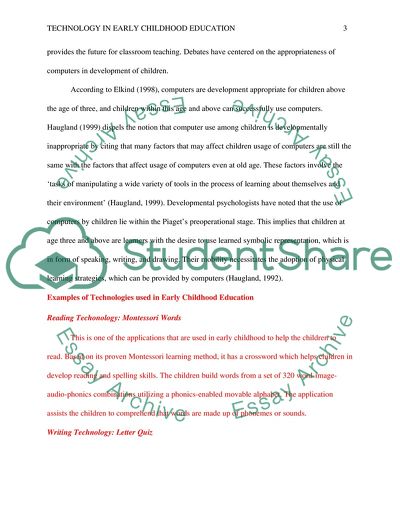Cite this document
(“Technology and Early Childhood Education Research Paper”, n.d.)
Technology and Early Childhood Education Research Paper. Retrieved from https://studentshare.org/information-technology/1641531-technology-and-early-childhood-education
Technology and Early Childhood Education Research Paper. Retrieved from https://studentshare.org/information-technology/1641531-technology-and-early-childhood-education
(Technology and Early Childhood Education Research Paper)
Technology and Early Childhood Education Research Paper. https://studentshare.org/information-technology/1641531-technology-and-early-childhood-education.
Technology and Early Childhood Education Research Paper. https://studentshare.org/information-technology/1641531-technology-and-early-childhood-education.
“Technology and Early Childhood Education Research Paper”, n.d. https://studentshare.org/information-technology/1641531-technology-and-early-childhood-education.


